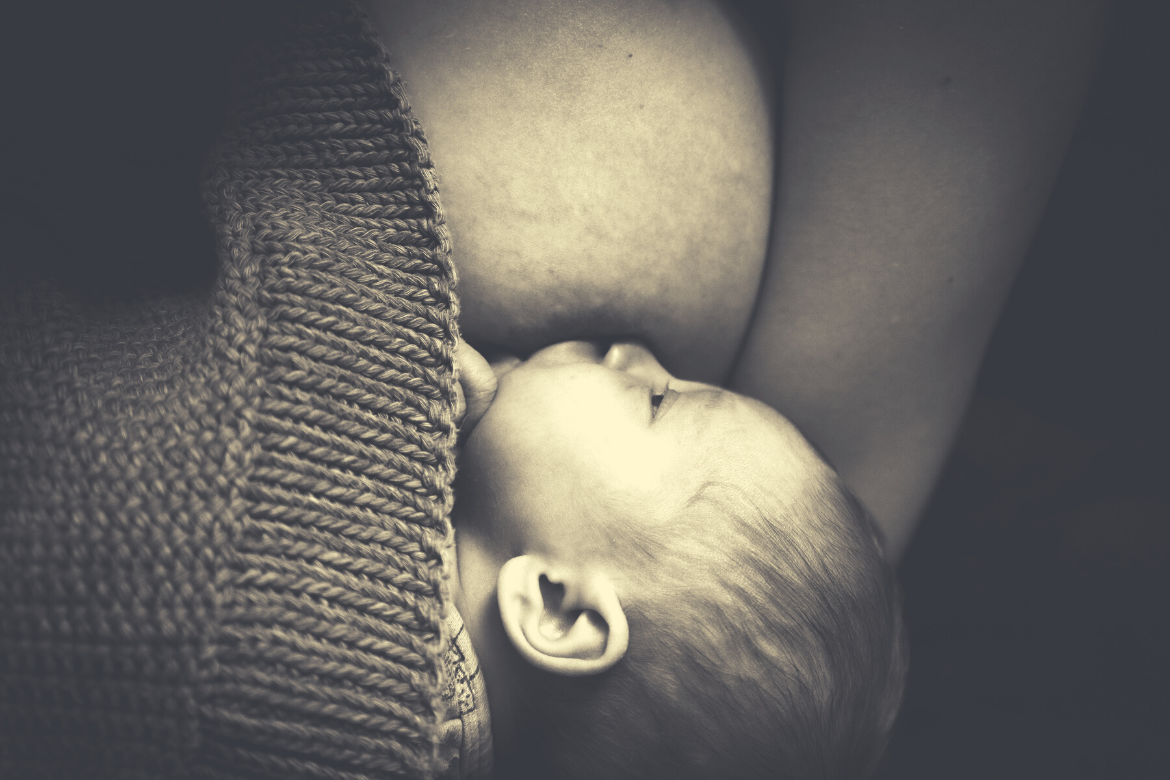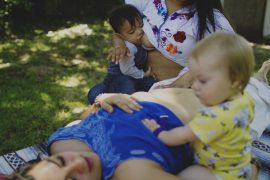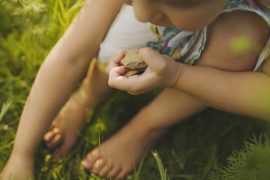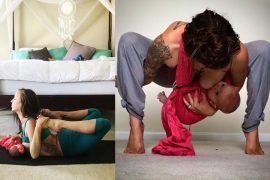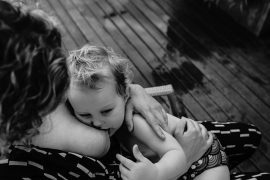By Natalia Richardson
I always presumed that if I had babies I would breastfeed. Maybe it was because at a young age I’d watched my mum breastfeeding my baby sister and the thought that this is what you do when you have a baby had stuck in my mind.
By the time I was pregnant, the choice to breastfeed had been further enforced by the ‘breast is best’ mantra. It looked easy on videos and leaflets (baby is placed on nipple, opens mouth, knows what to do, milk starts to flow…) and whilst pain in labour (oh we all want to know about the ring of fire…) and pain relief options were deemed a necessary part of the antenatal learning process, issues that could arise in breastfeeding were not. Without the knowledge of what could go wrong, I had built my expectations high up there – then sat in tears 4 months later feeling as though I was way down there. The ‘best’ had in fact become the ‘beast’ that had chased me into a deep dark hole.
It was not only because of the pain of let down and engorgement, and the toe curling ‘someone is cutting my nipples with a razor’ feeling, or the poor milk supply that had me pumping for 6 hours a day to try to increase flow, or even the exhaustion.
It was also the guilt. The guilt that I wanted the best for my baby but couldn’t provide it.
The guilt that I was the only one finding it so damn tough, the guilt that I just wanted to get each feed over with and so wasn’t using this time to bond, the guilt that I was doing it more for me and the embedded beliefs and ‘breastfeeding goals’ that I had and that I was a failure by letting her down. There was also the additional narrative I’d formed about what others would think of me for not breastfeeding.
Breast vs Formula
In the most recent study of feeding rates in Australia, over a third of babies (39%) were fed either exclusively with formula or a combination of breastmilk and formula for the first 4 months. A separate study cited “A traumatic birth, lack of professional support, inaccurate beliefs about how breastfeeding works, pressure from others, negative attitudes to breastfeeding in public and the lure of false advertising”, as contributory factors to “pain, perceived or real low milk supply or a belief that formula is needed”.
Women in the study reported that they believed that “if they had been cared for, supported and guided through this period, their mental health would have been protected”.
It is said that regardless of how you feed, ‘fed is best’ and whilst my natural feeding journey did not go according to how I had envisaged, when I finally decided my mental health mattered and stopped breastfeeding, my daughter became a happier baby. She fed and slept better and in turn my wellbeing hugely benefitted too.
I’ve had 2 more babies since and made the choice each time to breastfeed. Baby no. 2 was a breeze. We were both in sync. I fed until she was 12 months old without issues. Baby no. 3 was the same as baby no. 1. I managed to get to 6 months but with my low supply again and finding out she had a dairy intolerance, the choice to stop was influenced by wanting to make her feel better.
Breastfeeding Education – the how with the good AND the bad
I believe education is the key to helping women make the most of the experience. Whilst perseverance is one thing, having the tools and knowledge of how to give your baby the nutrition she needs, in the best way possible – for you both – is of greater value. Questions such as ‘How do I increase supply?’, ‘How do I deal with cracked nipples / mastitis /blocked ducts?’ or ‘How do I deal with pain?’ should be open discussions in addition to the current information given about how to position a baby’s nose on the nipple for latch. Just as breastfeeding is natural, so too are the problems associated with it.

